Taking Treats Nicely—Teach your Dog with Good Targeting
Using food to train is pretty universal in working with animals. In addition to being used as a reward, food is also typically used in Lure-Reward Training. You’ll be using a lot of it in the early stages of teaching new things, so you need to have a smooth, effective way to deploy it. On a whole other level are those dogs who think they need to come at the problem like they’re apex predators. These guys have what I call “shark-mouth,” which is wide and strong without any accuracy or finesse.
On the one hand, I LIKE their energy. I don’t want to kill their enthusiasm. If you scold or reprimand them for shark-mouth, they will think they’re in trouble for taking the food. You’ll confuse the hell out of them, and then they won’t want to work with you. I see this a lot; consequently, those dogs have poor motivation. And you won’t get a more polite mouth anyways.
So, as with all things in training, it’s always better to show them what you want instead of just arguing about what you don’t like. You JUST have to temper that energy a little. That dog needs a “sniper-mouth” where they go in and pluck the food out deftly without taking your fingers with it.
TREATMENT PLAN
There are a couple of important things you want to accomplish during your work when you use food:
- We need to be able to lure the dog. A lure is essentially a tool for mechanically manipulating a dog’s body in space. They don’t know what we’re trying to get them to do, so the lure induces a behavior so we can reinforce it and put it on cue.
- We want to teach a dog how to target. This will make our training progressions move much faster because it’ll be easier to communicate to the dog how we want them to move as we get into more complicated kinds of things like heeling…and come.
Your first line treatment for this is impulse control exercises for the mouth—namely, Leave It—which is easy to teach and easy to get really good at quickly. We have a post for that.
Tug and Fetch are also fantastic for developing impulse control, especially regarding their mouth.
HOLDING & DELIVERING FOOD
Incidentally, good luring, good targeting, and sniper-mouth can all be taught with the same technique…how you hold and deliver the food.
That might seem insignificant, but it can greatly impact your training efficiency. I recommend you do it like this:
- Put the food between your index and middle finger
- Pin it there with the end of your thumb
- Cup your hand slightly
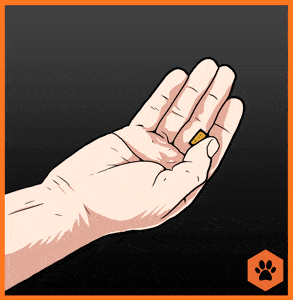
Holding and delivering food efficiently
This way, your dog’s teeth will hit the padded parts of your fingers and palm, but they won’t quite be able to get the food. Not only do you have better control of the food, but you also get control of the dog’s head. This is how you use food as a lure to manipulate a dog in space. When you’re ready to let the dog have it, simply move your thumb to the side.
This is better than other methods where you’ll either drop the food accidentally or the dog will get it when you didn’t want them to. Or—most often—you’ll get your fingers chomped!
This also provides a nice big target for your dog, helping directionalize their focus.
IN PRACTICE
Your dog will naturally get better at luring and targeting as you practice, and things will move faster for each new thing you teach. On the other side of things, you can kind of hang out with that food.
We always make our dogs move to access their rewards, using movement to build drive and motivation. Building on a little “chase drive” is a super way to build interest and motivation in your work together.
Movement is also an integral part of Polyvagal Theory, which is a psychological concept that emphasizes the connection between physical movement and emotional regulation. According to Polyvagal Theory, certain movements can activate certain brain areas responsible for regulating emotions. Movement can also help to reduce stress levels and create a sense of safety by creating the feeling of being grounded and in control.
Finally, the movement also builds a little drive, but we’re tempering it with some cognitive processes. If you make ’em work a little bit to get that food, they will learn that shark mouth doesn’t yield any rewards. And, by introducing a little frustrating speed bump in the early stages, you can increase their drive and commitment to working with you. You should see as you practice that they’re much more accurate. They’ll start taking the food with a lot more tactful subtlety. And their energy during practice will still increase.
NOW TRY IT!
Here is a quick recap:
- Come at it directly through good food handling
- Then, you’ll address it indirectly with Leave It and toy training
Once you’ve got some sniper-mouth developed without sacrificing any of your dog’s energy or enthusiasm, you’ll be able to jump into some great strategies like modular reward-events, and reward scaling.
Let me know how it goes for you in the comments.
As always, keep learning, keep practicing, and we’ll see you next time! Thanks for reading!


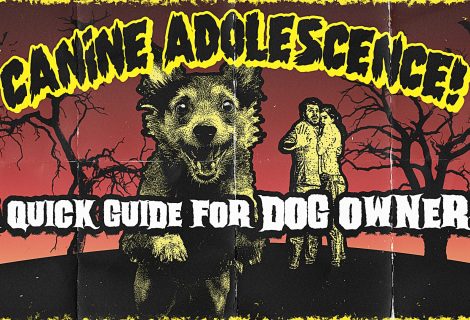
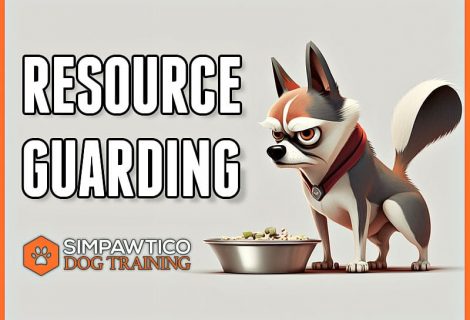


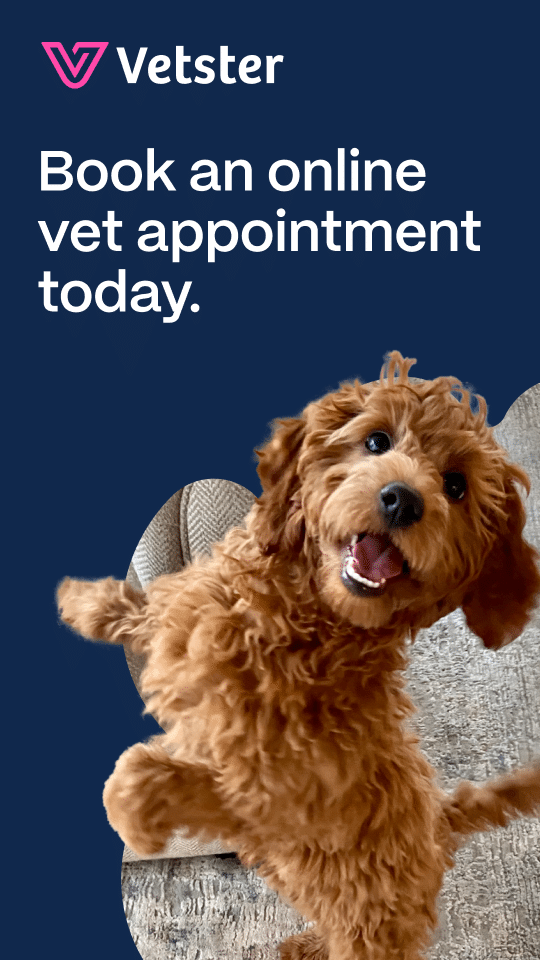

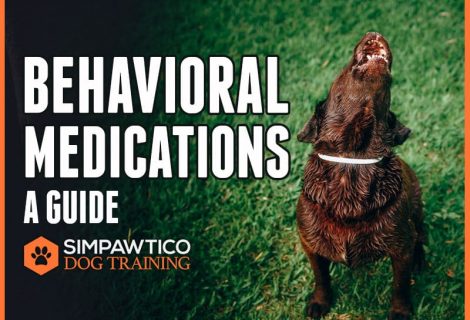
Trackbacks for this post